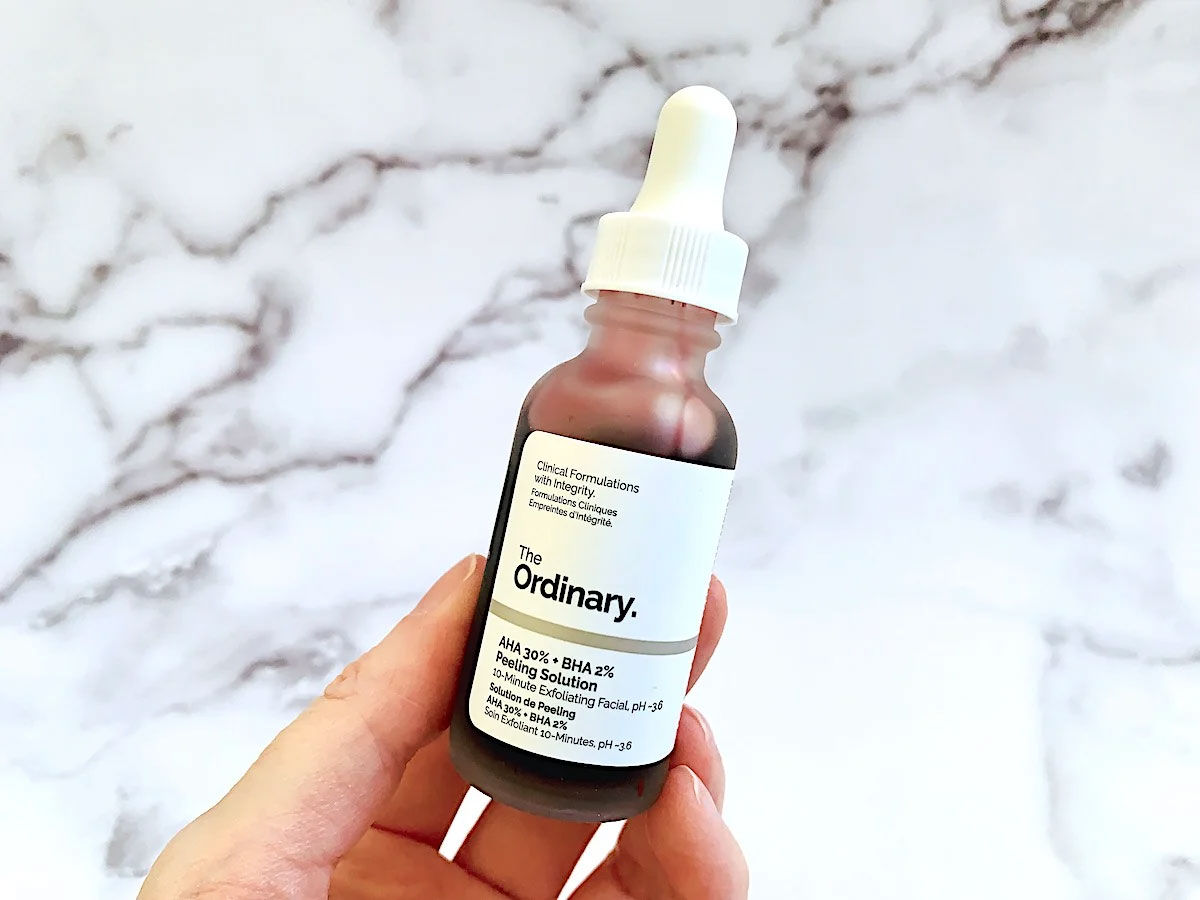Alpha hydroxy acids (AHAs) and beta hydroxy acids are two chemicals that are frequently found in cosmetic and skin care products (BHAs). Both of these are chemical exfoliants that aid in removing dead skin cells from your skin’s top layer.
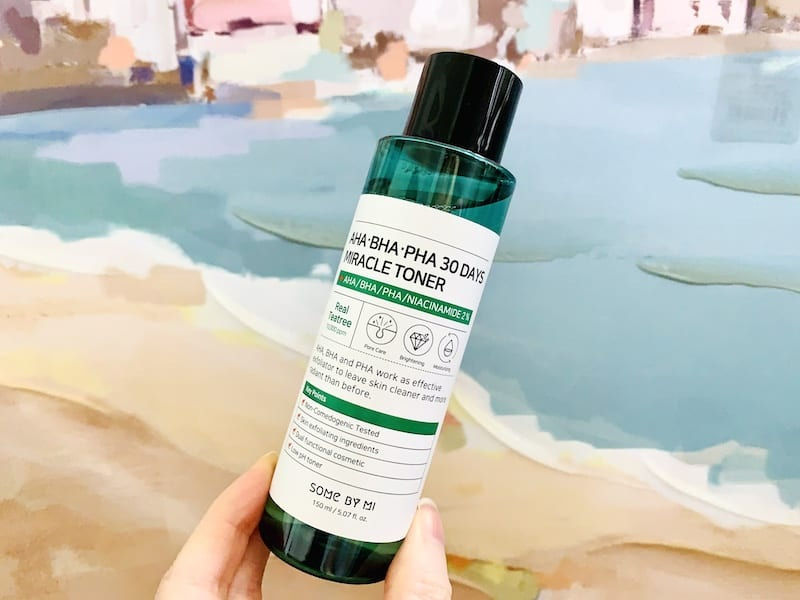
Some claim that AHAs and BHAs have anti-aging properties that improve the texture of the skin and smooth out fine wrinkles. According to research, applying either component to your skin can potentially increase your sensitivity to the sun.
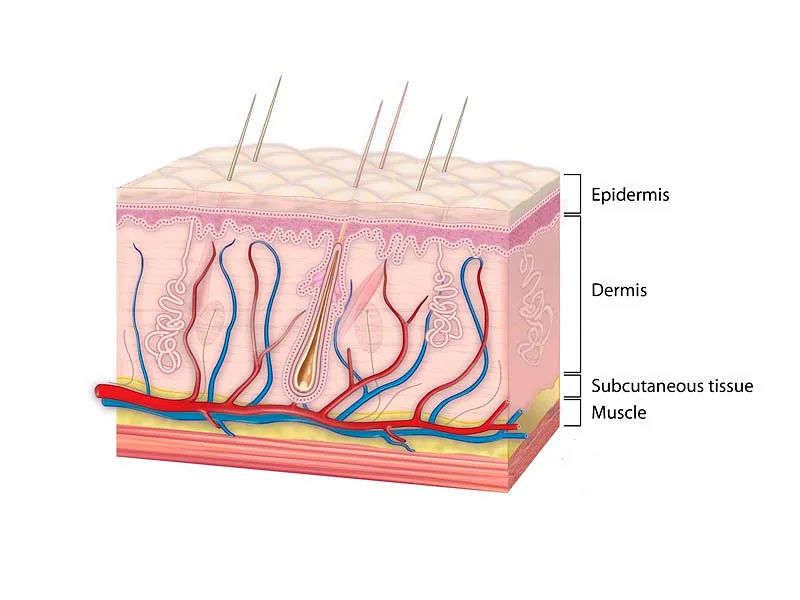
What you should know about AHA and BHA-containing products, including their potential advantages, potential hazards, and safe usage, is provided below.
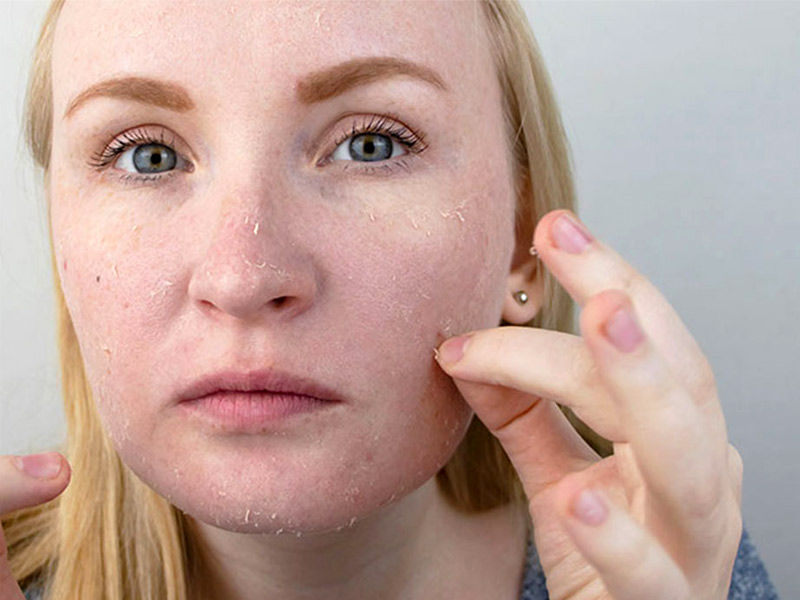
A mild skincare acids, such as alpha-hydroxy acids (AHAs) or beta-hydroxy acids (BHAs), can do wonders for your skin when applied correctly. The fundamental advantage of AHAs and BHAs is that they exfoliate, removing dead skin cells to reveal a complexion that is cleaner and more luminous. But while applying acids wrongly might result in irritation and redness, they can also give you that coveted glow.
What are acids for skin care, and why should you use them?
Exfoliating skincare products encourage skin turnover to reveal a smoother complexion. There are several different kinds of acids on the market; some target dark spots, some target acne, and some target wrinkles and fine lines more intensely, according to Taher.
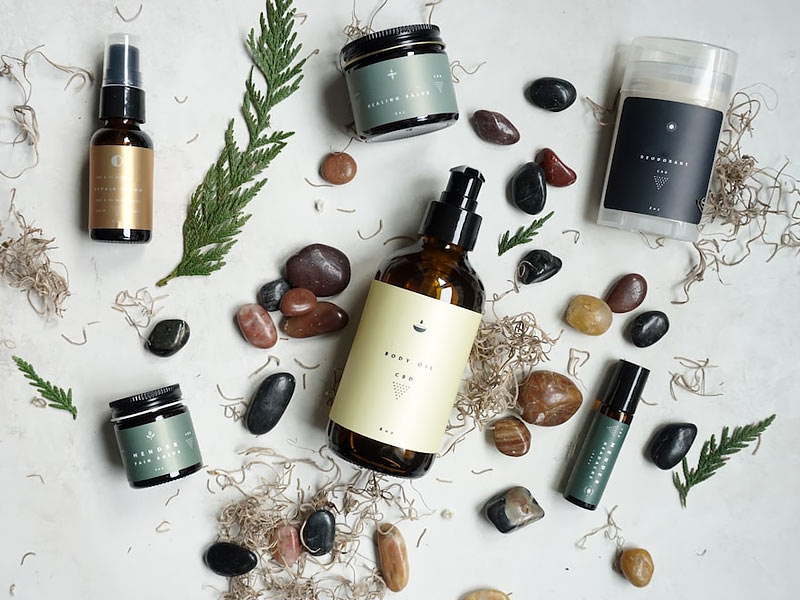
Particularly effective at removing dead skin cells that can cause dullness and breakouts are AHAs and BHAs. Utilizing acids in your skincare routine will improve your glow because dead skin cells potentially clog pores and inhibit skin from absorbing other skincare products like serums and creams effectively.
What varieties of acids are there?
Although there are many different kinds of skincare acids, just a handful of essential ones are frequently utilized for exfoliating. lactic acid and glycolic acid are the two most well-known alpha-hydroxy acids. Although lactic tends to be a little kinder on the skin and is an excellent option for beginners or those with sensitive skin, lactic and glycolic are extremely similar.
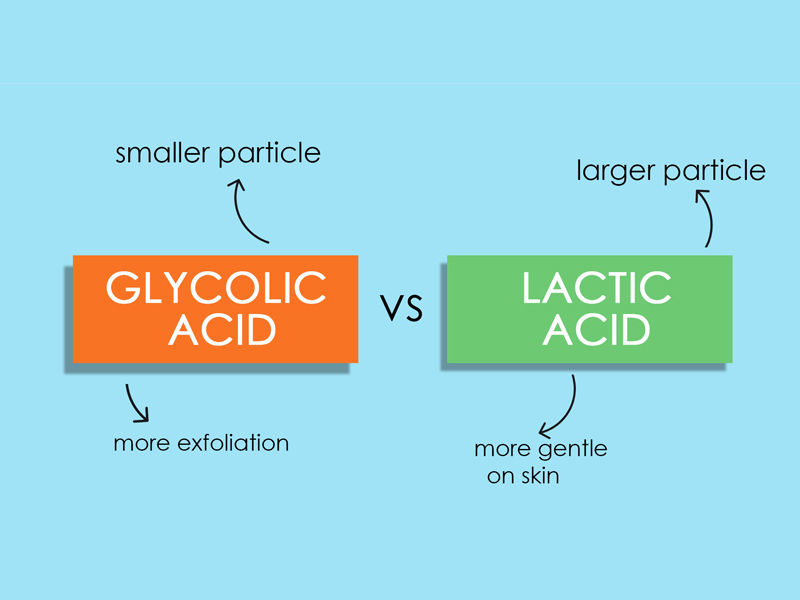
The most popular beta-hydroxy acid is salicylic acid, which is excellent for oily, acne-prone skin.
Use a lesser proportion of acid (about 5 percent) a couple of times each week using AHAs like glycolic and lactic acid to evaluate how your skin responds. Try pre-soaked toner pads if you’re new to using acids; each one holds precisely the correct quantity of solution, preventing overuse that could irritate the skin. Apply a serum, moisturizer, and sunscreen after.

If everything goes as planned, you can gradually raise the frequency and proportion of your application (the maximum allowed in Canada is 30 percent in over-the-counter formulas). According to Taher, effects, such as cleaner, more luminous skin, take two to four weeks to appear.
When should I apply an acid to my skin?
AHAs and BHAs are both usable day and night. Others (typically serums) are designed to be used in the morning to gently exfoliate any dead skin cells. Some solutions are designed to be used at night as an overnight peel. Wear sunscreen every day, regardless of when you apply your skincare acid, as acids can make your skin more susceptible to sunlight.
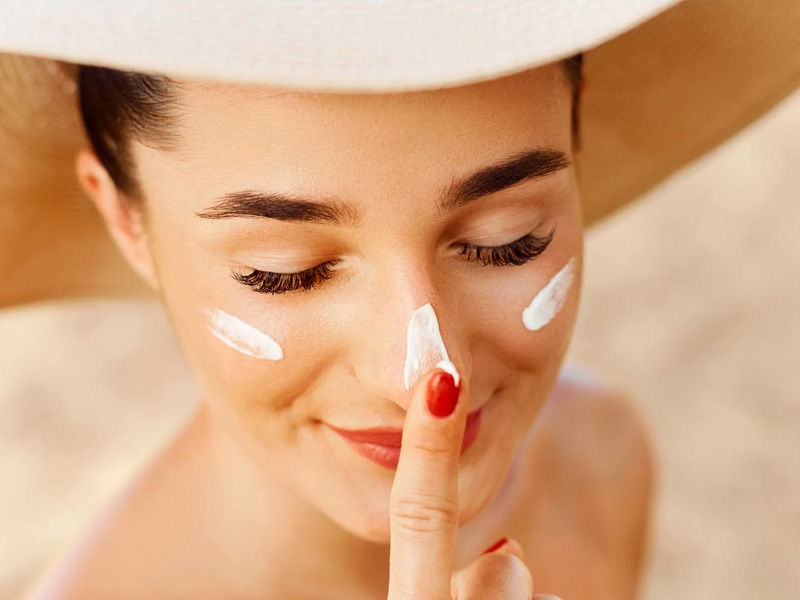
Can I combine acids for skincare with other potent compounds?
Others may feel redness or irritation, while other skin types may be able to tolerate layering more than one active ingredient at a time. Patten suggests introducing one new product at a time unless you have expertise using exfoliating acids. If it irritates your skin, you might need to use it less frequently or the product might not be suited for you.
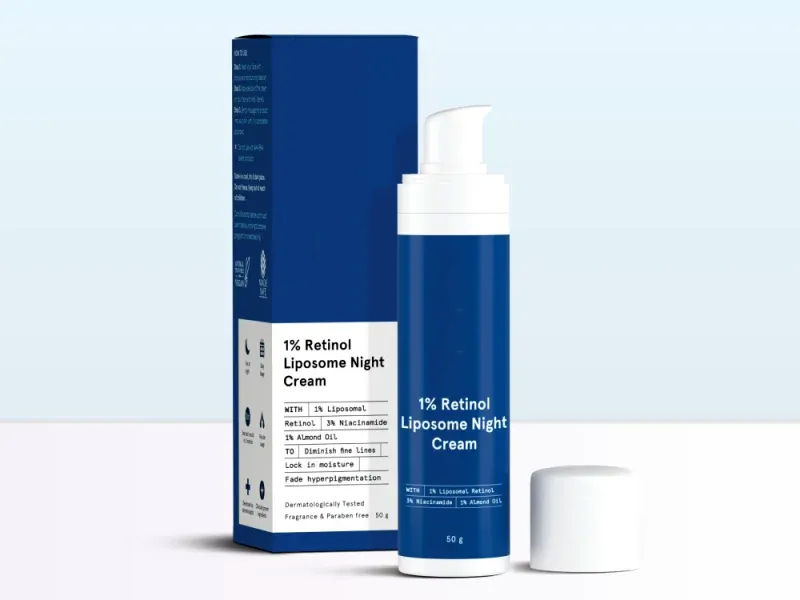
Be cautious if you’re utilizing additional active substances, like retinol. The use of an acid with retinol should wait until your skin has developed a tolerance because it may initially cause irritation and redness. You can use exfoliating acids that contain retinol and other active chemicals when your skin has gotten used to using an acid, just not simultaneously. Alternatively, try an acid at night and retinol in the morning, or an acid one night and a product with retinol the next.





















